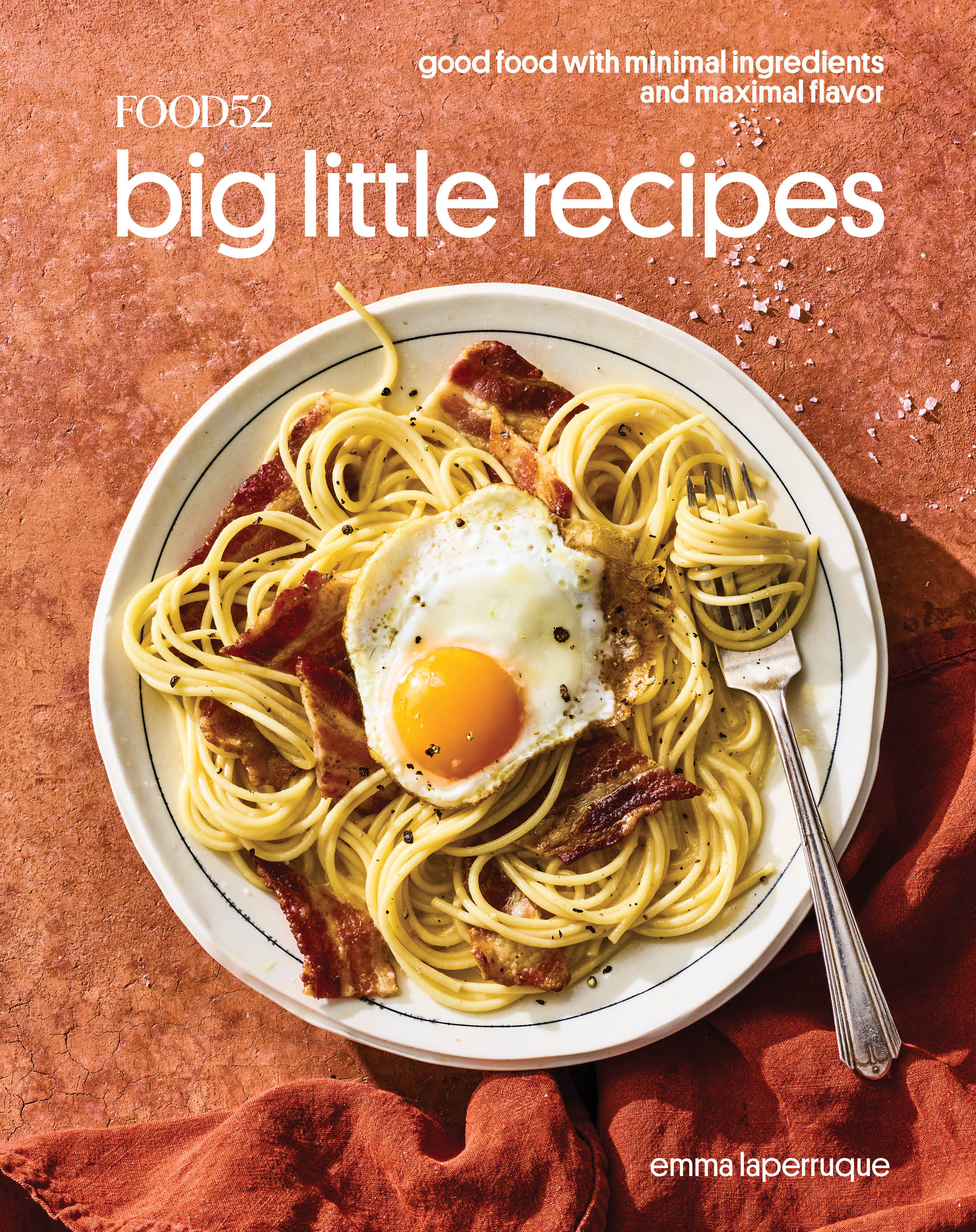Photo by Julia Gartland

Put down those long grocery lists. Inspired by the award-winning column, our Big Little Recipes cookbook is minimalism at its best: few ingredients, tons of flavor.
Order nowPopular on Food52
Continue After Advertisement
8 Comments
Claudiabeth
November 11, 2018
I made these this morning. They're delicious! Has anyone added cinnamon to the mixture? If so, how much would you recommend?
Emma L.
November 13, 2018
So glad you enjoyed them, Claudiabeth! A few people on the recipe page noted that they added cinnamon. Here's the link to check it out: https://food52.com/recipes/77961-croissant-brittle#comments
Laura H.
March 9, 2020
I added a generous sprinkle of Cajun powder sweet treat...cinnamon sugar with pure vanilla...amazing!
Rachel G.
October 18, 2018
So. If I *do have access to honest-to-goodness bakery croissants, are you saying that milk would be sufficient and the brittle would be rich enough? And, by extension, would using half and half with "real" croissants be mind blowingly awesome? Or just overkill. Because, to be true to my DNA, I have to make this decision as complicated as possible.
Emma L.
October 18, 2018
Hi Rachel! Great Q—and there's no right/wrong answer. I would still go the half-and-half route because I doubt it would be "overkill" and I'd personally rather a richer than leaner brittle. (But the milk would probably work fine, too!)
BakerRB
October 9, 2018
I've never heard of this, but it looks simple, delicious and interesting so I'm looking forward to trying it out. Heck, I was even interested enough to watch the video, and that's an annual event. (Yes, I'm old.) Thanks for adapting the technique to supermarket sources.
Emma L.
October 10, 2018
Thanks, BakerRB! Flattered you watched the video—and hope you enjoy the brittle.





Join The Conversation